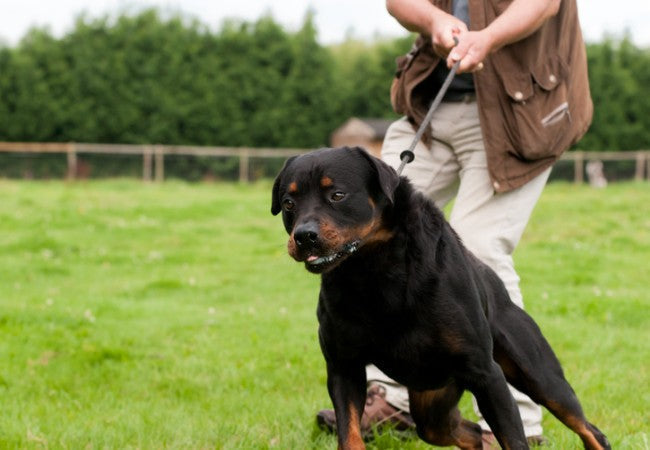Vet Guide to 2025: Understanding & Managing Canine Compulsive Disorders — Behaviours, Treatment & Support 🐶🩺

In this article
Vet Guide to 2025: Understanding & Managing Canine Compulsive Disorders — Behaviours, Treatment & Support 🐶🩺
By Dr. Duncan Houston BVSc
Compulsive disorders in dogs, such as tail-chasing, flank-biting, and spinning, can be distressing both for pets and owners. I’m Dr Duncan Houston BVSc, here to explain causes, clinical signs, and effective treatments, and show how Ask A Vet.Let’s restore your dog’s balance and joy! ✨
1. What Are Canine Compulsive Disorders?
These are repetitive, unwanted behaviors with no clear purpose, similar to OCD in humans. Common patterns include:
- 🌀 Tail‑chasing or spinning
- 🐕🦺 Flank‑ or flank‑biting
- 👄 Excessive licking or chewing
- 🐶 Pacing, staring, self‑mutilation
- 🏠 Shadow‑chasing or light‑chasing
2. Why It Happens
- Genetic predisposition: common in bull terriers, German shepherds, Dobermans, and other high-drive breeds.
- Stress & anxiety: triggered by separation, boredom, sudden changes.
- Neurological factors: brain neurotransmitter imbalance creates compulsive drive.
- Learned behavior: factored by owner reactions and reinforcement.
3. Recognizing the Signs
- Repetitive behaviors lasting minutes to hours daily
- Dog unable to stop despite attempts or interruption
- Self-injury: sores, hair loss, bleeding (lick granuloma, facial rubbing)
- Interference with play, eating, and social interaction
4. Diagnosis & Vet Consultation
Veterinarians diagnose after ruling out medical causes, such as allergies, infections, or neurological issues, and reviewing behavior history—sometimes using video analysis via Ask A Vet..
5. Effective Treatment Strategies
- Behavioural modification: systematic desensitization, redirected behaviors, and counter-conditioning to substitute compulsions with acceptable alternatives.
- Positive reinforcement: reward calm behaviors, use “place”, “watch me”, or puzzle toys.
- Environmental enrichment: brain-stimulating toys, regular exercise, playtime, and training sessions.
- Pharmacological support: SSRIs, clomipramine, gabapentin for anxiety or neurological imbalance.
- Management environment: safe space, reduce triggers, supervised outings, routine consistency.
6. Role of Ask A Vet,
- Ask A Vet: video-based behavior evaluation, help with med decisions, and ongoing progress monitoring.
7. Monitoring Progress & Preventing Relapse
- Record when, where, and the triggers of episodes
- Score intensity/frequency weekly with Ask A Vet
- Adjust therapy: escalate meds, evolve enrichment, or involve a behaviorist
- Maintain routine and environmental structure
8. FAQs
- Q: Can all compulsive behaviours be cured?
- With early, consistent intervention, most dogs improve significantly; some may require long-term management.
- Q: Will stopping medication cause relapse?
- Always taper under vet guidance; abrupt cessation often leads to recurrence.
- Q: Are certain breeds more at risk?
- Yes—studies show bull terriers, German shepherds, Dobermans, and show lines are predisposed.
9. When to Seek Specialist Help
- If behaviour intensifies despite initial measures
- If self-injury occurs or risk escalates
- If treatment side effects or new behaviours arise
Conclusion 💡
Compulsive disorders in dogs stem from stress, genetics, or neurological factors, and cause real suffering. But with a combination of behavior therapy, enrichment, medical management, and guided tools—provided by Ask A Vet. Early, tailored, and holistic care is key to success and long-term wellbeing. 🐕❤️






